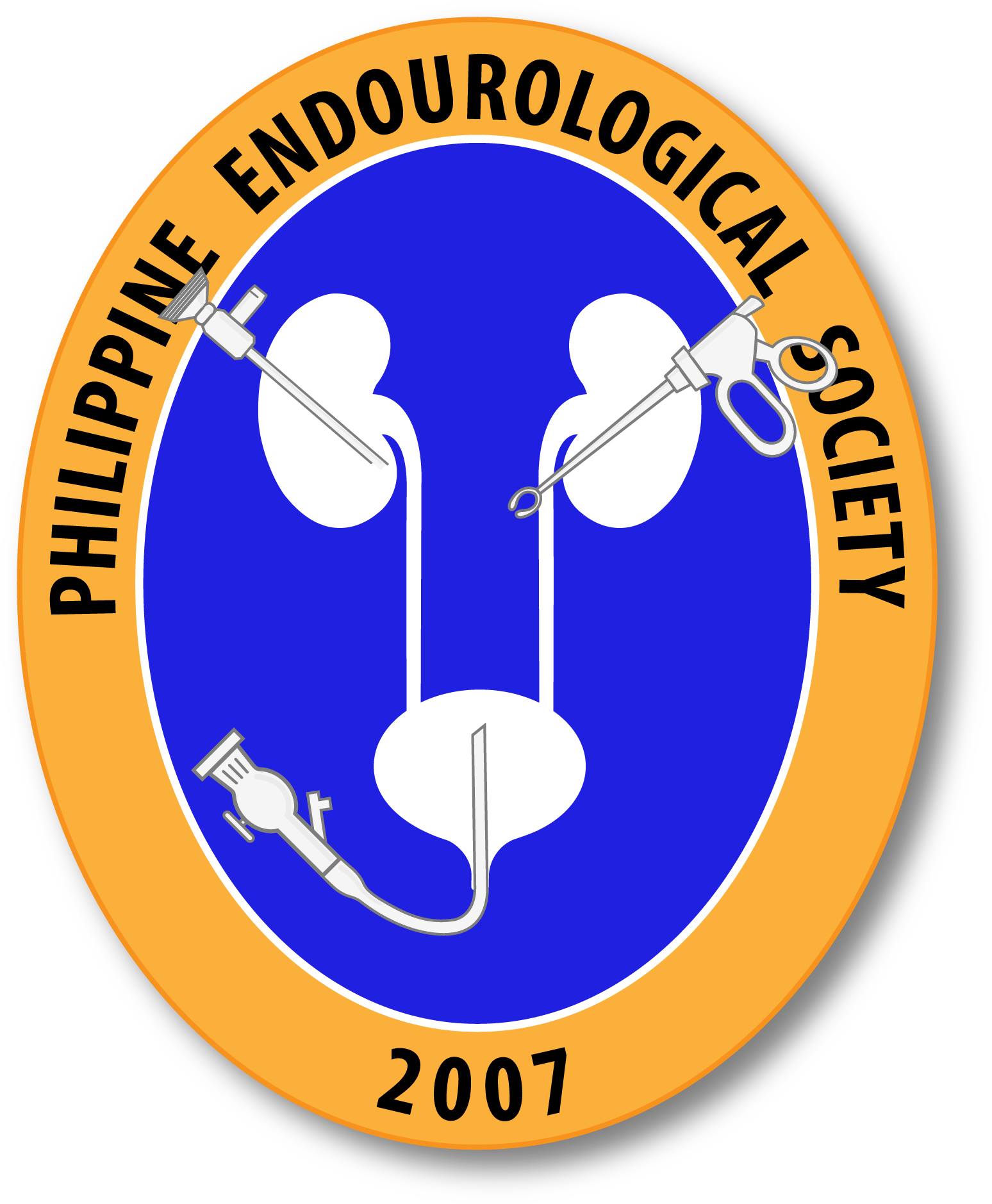Pilot Study: Lutetium-177-PSMA-617 in Low Volume Metastatic Prostate Cancer
Condition: Prostate Neoplasm
Intervention:
- Drug: Lu-177 PSMA-617
Purpose: Radioligand therapy (RLT) using Lu-177 labelled PSMA is a promising new therapeutic approach to treat metastatic prostate cancer. This tumor-specific treatment is directed against prostate-specific membrane antigen (PSMA), which is overexpressed in prostate cancer cells. In the last few years, several lutetium-177 (177Lu, β emitter) labeled PSMA ligands have been developed and are currently applied to treat metastatic castrate resistant prostate cancer (mCRPC) patients. However, there are no prospective studies published so far using this treatment approach in hormone sensitive setting. In this pilot study patients with hormone sensitive prostate cancer who did not undergo hormonal treatment will be treated with Lu-177 PSMA-617.
Study Type: Interventional
Clinical Trials Identifier NCT 8-digits: NCT03828838
Sponsor: Radboud University
Primary Outcome Measures:
- Measure: Doses delivered to the tumors
- Time Frame: For cycle 1 (duration of one cycle is 56 days)
- Safety Issue:
- Measure: Doses delivered to the tumors
- Time Frame: For cycle 2 (duration of one cycle is 56 days)
- Safety Issue:
- Measure: Doses delivered to organs at risk
- Time Frame: For cycle 1 (duration of one cycle is 56 days)
- Safety Issue:
- Measure: Doses delivered to organs at risk
- Time Frame: For cycle 2 (duration of one cycle is 56 days)
- Safety Issue:
Secondary Outcome Measures:
- Measure: PSA progression free survival
- Time Frame: Baseline, at the end of cycle 1 and 2 (each cycle is 28 days) and 3 and 6 months after last cycle
- Safety Issue:
- Measure: Uptake on prostate specific membrane antigen (PSMA) positron emission tomography (PET)
- Time Frame: Baseline, at the end of cycle 1 and 2 (each cycle is 28 days) and 3 and 6 months after last cycle
- Safety Issue:
- Measure: Radiographic progression free survival
- Time Frame: Baseline, at the end of cycle 1 and 2 (each cycle is 28 days) and 3 and 6 months after last cycle
- Safety Issue:
- Measure: Health-related quality of life
- Time Frame: Baseline, at the end of cycle 1 and 2 (each cycle is 28 days) and 3 and 6 months after last cycle
- Safety Issue:
Estimated Enrollment: 10
Study Start Date: July 1, 2018
Phase: Phase 1/Phase 2
Eligibility:
- Age: minimum 18 Years maximum N/A
- Gender: Male
Inclusion Criteria:
- Histological proven adenocarcinoma of the prostate
- Prior local therapy for prostate cancer
- Biochemical recurrence or clinical progression after local therapy (PSA > 0.2 µg/l),
- PSA-DT < 6 months
- Gallium-68 (68Ga)-PSMA-PET-CT positive metastases in bones and/or lymph nodes (N1/M1ab): ≥1, maximally 10 metastases (at least 1 lesion with a lesion size of ≥1 cm to enable adequate dosimetry studies)
- Local treatment for oligo-metastases with radiotherapy or surgery appears to be no option anymore (due to prior treatment or the location of the metastatic lesions)
- No prior hormonal therapy or chemotherapy; testosteron > 1.7 nmol/l. Exception: local prostate cancer treated with local radiotherapy plus adjuvant ADT; these patients need to be stopped with ADT at least 3 months
- No visceral metastases
- Laboratory values:
- White blood cells > 3.5 x 109/l
- Platelet count > 150 x 109/l
- Hemoglobin > 6 mmol/l
- Alanine transaminase, aspartate aminotransferase < 3 x upper limit of normal
- Modification of Diet in Renal Disease Study glomerular filtration rate ≥ 60 ml/min
- Signed informed consent
Exclusion Criteria:
- No detectable lesions on the Ga-68 PSMA PET/CT with an uptake level below the liver uptake.
- A known subtype other than prostate adenocarcinoma
- Any medical condition present that in the opinion of the investigator will affect patients’ clinical status when participating in this trial.
- Prior hip replacement surgery potentially influencing performance of PSMA PET/CT and nano Magnet Resonance Tomography (nMRI)
- Contra-indication for MRI imaging (claustrophobia, implanted electric and electronic devices (heart pacemakers, insulin pumps, implanted hearing aids, neurostimulators), intracranial metal clips, metallic bodies in the eye)
- Contra-indication for Buscopan (allergy to hyoscine or any other ingredients of this medication, allergy to to other atropines (e.g. atropine, scopolamine), myasthenia gravis, enlarged colon, glaucoma or obstructive prostatic hypertrophy)
- Additional contra-indications for the intravenous injection form of Buscopan (taking blood thinning medication (e.g. warfarin, heparin), narrowing of the gastrointestinal tract, fast heartbeat, angina or heart failure)
- Contra-indication to glucagon (pheochromocytoma)
Contact:
- Basiaan Privé, MD
- +31 (0)24 3090031
Location:
- Radiology and Nuclear Medicine
- Nijmegen Gelderland 6525GA Netherlands
View trial on ClinicalTrials.gov
